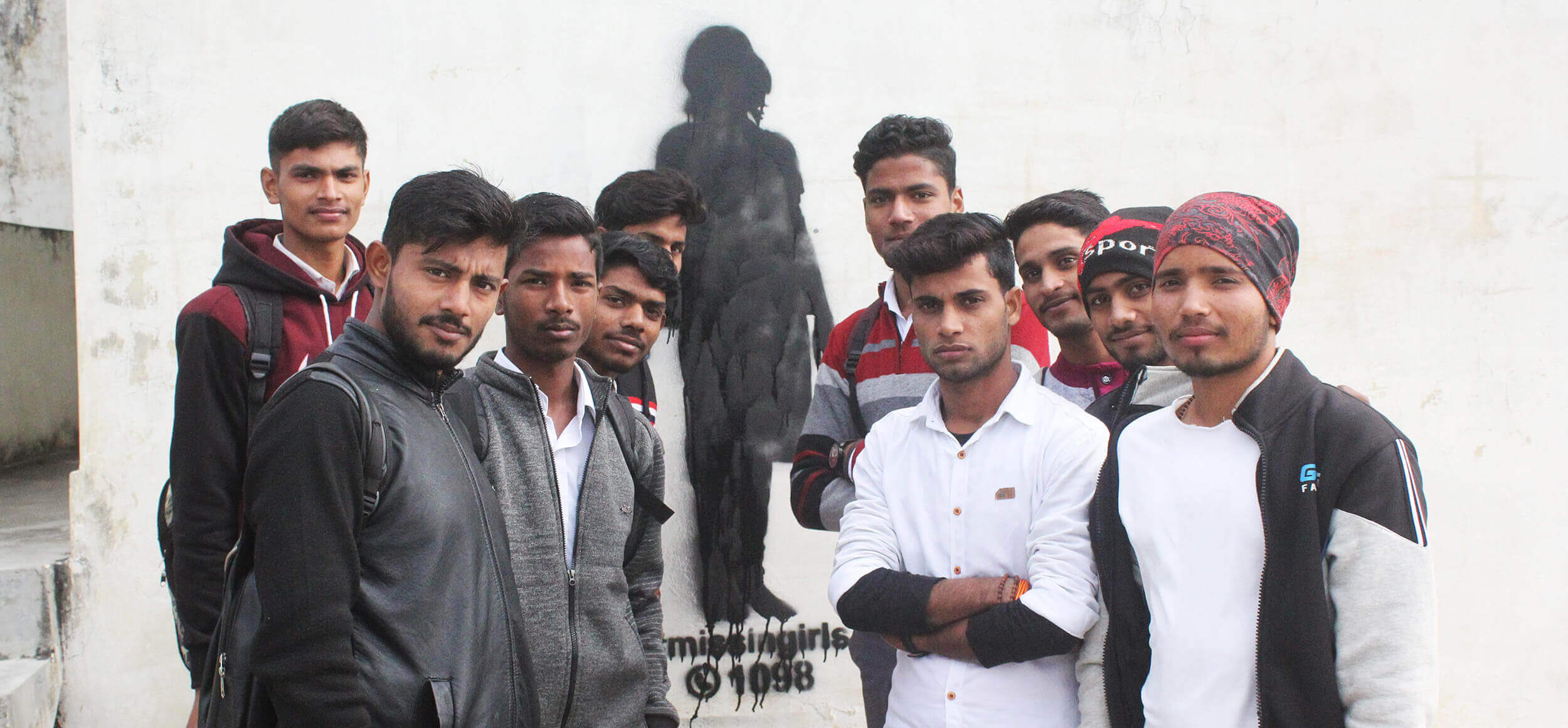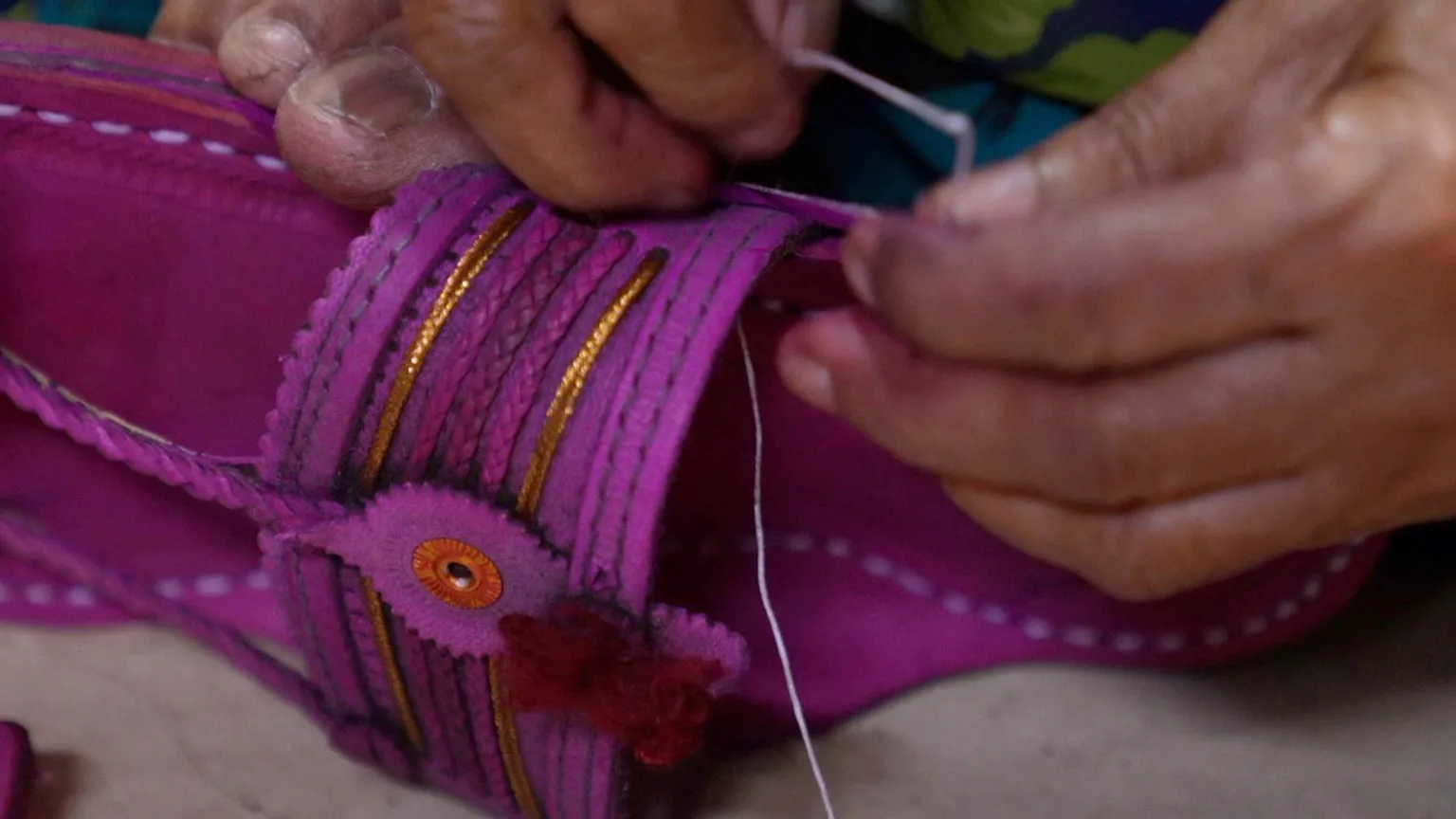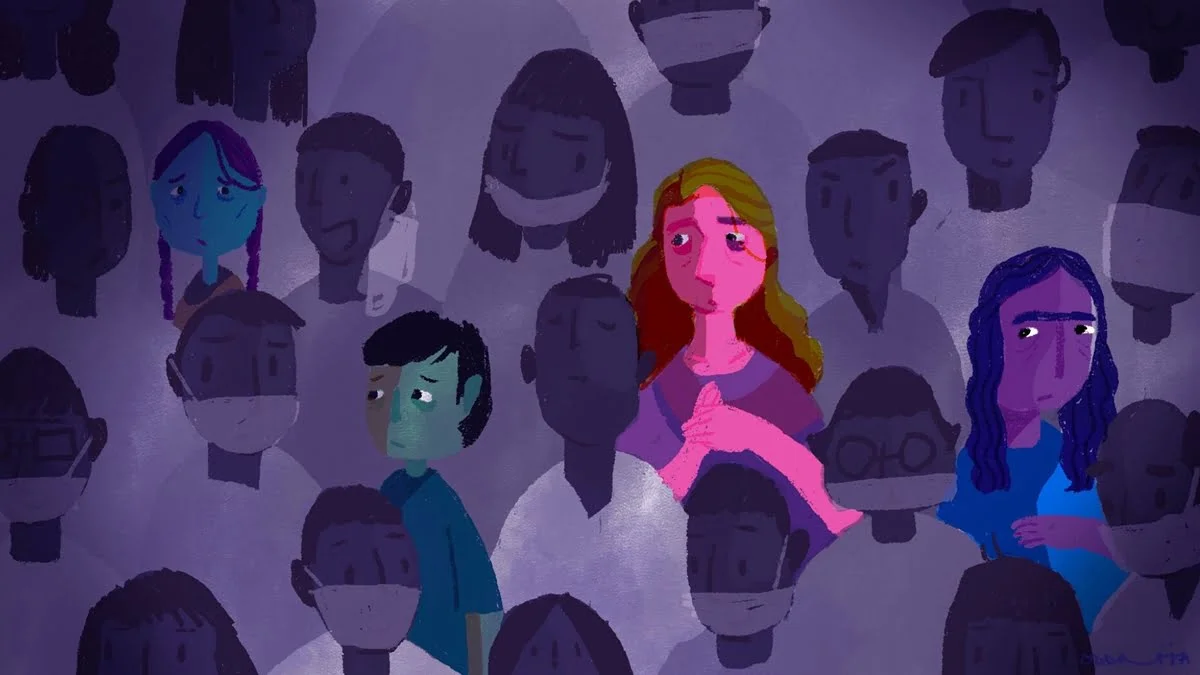Trigger warning: The article contains mentions of gender-based violence and cyberbullying
Imagine knowing exactly what website you browsed on the fine evening of January 10, 2012. Sounds too far-fetched? Then, you would be amazed to know the quantity and quality of data the online world has on us. You can download GBs of data from Facebook and Google, which are collected not only from statuses you uploaded but also from cookies you accepted and terms of conditions you didn’t read.
True to what Bruce Schneier wrote in Data and Goliath: The Hidden Battles to Collect Your Data and Control Your World, “It’s not just the cell phone location data I’ve described. It’s also data about our phone calls, emails, and text messages, plus all the webpages we read, our financial transaction data, and much more”.
IYou can download GBs of data from Facebook and Google, which are collected not only from statuses you uploaded but also from cookies you accepted and terms of conditions you didn’t read.
A trail of information that you leave on the internet may get stale like breadcrumbs, but it never really decays or disappears. This is often referred to as a digital footprint. Every action (and inaction) creates a digital persona. Social media corporations haunt and mine this data for different purposes. Governments are even acquiring these detailed records of our lives for increased surveillance.

But the danger begins with those with whom we decide to share our information. Users on the internet (friends and strangers, if privacy settings are not checked) can make use of every bit of data we share privately and publicly.
While in some cases, it is consensual, in other unfortunate cases, confidential information is wriggled out through hacking or prompting users to enter information in fake links. Confidential information may become public not only through shares but also due to poor cyber security.
A trail of information that you leave on the internet may get stale like breadcrumbs, but it never really decays or disappears. This is often referred to as a digital footprint. Every action (and inaction) creates a digital persona. Social media corporations haunt and mine this data for different purposes. Governments are even acquiring these detailed records of our lives for increased surveillance.
Whatever the medium is, anything shared online becomes permanent. Whether it be photos that remain online even after you hit the delete button or information you shared privately with someone, like in the infamous MMS scandal of 2004 where an MMS of a girl performing oral sex was widely shared via text messages and eventually uploaded on to the internet, where it was cached, copied and stored for all eternity. Deleting posts may remove them from one website but not necessarily out of existence.
The 2004 MMS case was also said to simultaneously open two doorways: new atrocities and scandalous pleasures. That is the irony of surfing the internet. In the beginning, when the internet first made its appearance, people went online in droves to taste the liberation it promised. But soon, it came with a price. One could share everything, but not without any repercussions.
Digital technology has evolved everything that we experience. This includes violence and abuse. A 2018 survey done by students at the Nirmala Niketan College of Home Science discovered that along with other physical abuse, blackmailing to see nude pictures (over 40%), sending videos to friends without partner’s permission (37%), etc. were becoming increasingly common.
Digital technology has evolved everything that we experience. This includes violence and abuse. A 2018 survey done by students at the Nirmala Niketan College of Home Science discovered that along with other physical abuse, blackmailing to see nude pictures (over 40%), sending videos to friends without partner’s permission (37%), etc. were becoming increasingly common.

Risks associated with the use of online technologies such as the internet, social media, online gaming, and other communication mobile apps (e.g., Facebook Messenger and WeChat) include but are not limited to technology-facilitated sexual violence (TFSV), stalking, revenge or non-consensual pornography, doxing, etc. These risks are double-fold in dating apps which are specially designed to facilitate dating and hooking up.
Any sensitive information or intimate photo shared with mutual consent in a relationship can be later used as a weapon for blackmailing when the relationship turns hostile. Such photos can then be uploaded to websites or shared with other people to stay on the internet without expiry. This leads to virtual harassment persisting throughout the victim’s life, as recognised by an Indian court.
This risk is bigger for young persons. The FBI reported that 14,919 scam incidents were reported by people aged 19 and younger in 2021. Research has shown that young people in their impressionable ages between 15-25 years are more likely to become a victim of blackmail on social media.
The same research also concluded that two main tactics were employed by blackmailers to obtain sensitive information from their victims. Either victims were made to believe that they were in a relationship with the blackmailer and, by their own will, chose to share sensitive information and/or the blackmailer recorded them while they voluntarily engaged in a sensitive activity via webcam.
A recent study by Child Rights and You (CRY), a non-governmental organisation in India, found that approximately 9.2 per cent of 630 adolescents in the Delhi national capital region experienced cyberbullying. More than half of them did not report their experiences to parents, teachers, or other elders out of fear.
Interestingly, being aware of the possibility of being blackmailed on social media, however, did not necessarily deter individuals from disclosing sensitive information on social media. Instead, these concerns influenced only their sharing behaviour to a minimal extent, like how much to publicly share on social media profiles or with whom to interact. But not what information they disclosed and how much they disclosed.
This is where simple awareness-raising interventions about privacy concerns for young people partially fail. They have been observed to have little effect on young people’s willingness to disclose sensitive information online as their need to develop relationships or express themselves often overrides any caution they may experience as a result of privacy concerns or worries about becoming a victim of blackmail.
This need for expression and engagement also depends on a person’s location, gender, sexual orientation and other characteristics. A survey done amongst 196 participants by Body & Data found that LGBTIQA+ participants used the internet for sexual expression more than straight-identifying participants. Limited and inaccessible offline spaces for sexual expression and pleasure often lead sexual and gender minorities to rely on the internet.
These studies reveal that sensitising youth about their digital footprint is not as easy as simply prohibiting the use of the internet. But it demands addressing people’s underlying motivation for using social media. In other words, interventions to reduce such cases of online victimisation should respond to users’ desire for self-expression, relationships, social status, acceptance, support, and validation and seek to inform them on how they can go about achieving these ends without putting themselves at risk of blackmails.
It is important to trust the person you are sending your private information to. You may think that you have nothing to fear from a person of an educated well-privileged background. But being cushioned in such social privilege and power often confers impunity and entitlement. A case in point can be the boys who were involved in the infamous bois locker room incident.
The boys connected to the group who shared sexually explicit images of minor girls went to elite schools of Delhi NCR and Noida and reportedly hailed from educated, socioeconomically well-to-do families.

In other cases, even if you trust the person, the device through which pictures are sent or stored or in which it is received may be lost or stolen, leading to a loss of control over a person’s private matters. One should be wary of channels used, making sure to look out for end-to-end encrypted mediums, which allow only the people who are sending and receiving messages to view them.
To surf in secure cyberspace, young people need to be made aware of basic stuff like having secure passwords, maintaining digital hygiene, the nature of the online world, and possible strangers under the disguise of fabricated profiles. It is a subjective matter to decide on whom to trust, but no one should be forced to or force themselves to do something that does not feel right.
Prevention is better than cure, but in a world so afflicted, it is important to be aware of the reparative measures. A lot of times, cybercrime incidents fizzle out at the level of community conversation. Teenagers need to be educated about their rights within the legal structure of the country. Anyone who has faced a cybercrime, including stalking, data breach, blackmailing, catfishing and so on, can file a written complaint with the cyber crime cell of any jurisdiction.
Also read: Female Kolkata Professor Asked To Quit, Pay 99 Crores For Swimsuit Post On Private Instagram Account
Necessary details are name, contact details, and address for mailing. There is a lot of stigma and fear attached to taking legal steps, and it is the duty of the guardian or educator to empower adolescents with information and courage about taking legal steps. It is also necessary for the legislature to consider making the reporting and identification process of cybercrime more accessible for teenagers, considering they are one of the most vulnerable age groups online.
Parents should talk to their children in a positive environment addressing the multi-layered issue of safe sex education and its additional dimension in the digital world. Above everything, no one should think of the internet as an escape or a magical place with no consequences. In most cases, the consequences come back much later with a multitude of effects.
And if someone still does engage in consensual sharing of their “sexy” pictures, then remember the golden words by Gawker for “time-honoured rules of sexting: “No identifiable clothing. No noticeable furniture. No face.”
Also read: Meta’s New Safety Initiatives For Women: Addressing Gendered Abuse And Bullying In The Cyberspace
Editor’s Note: This article is part of a collaboration with Missing. You may read more about their work and initiatives via their Instagram, Facebook, LinkedIn, YouTube and Twitter pages, or visit Missing’s Educate program register link, donate to Missing, as well as subscribe to their newsletter. You may also visit Missing Sunderbans’ Instagram and Facebook pages for further insights.
Featured Image Source: Missing
About the author(s)
Shuvangi is an independent writer and researcher based in Kathmandu, Nepal





Great article!! I would love to see more articles from you.
TCP IP Architecture Model